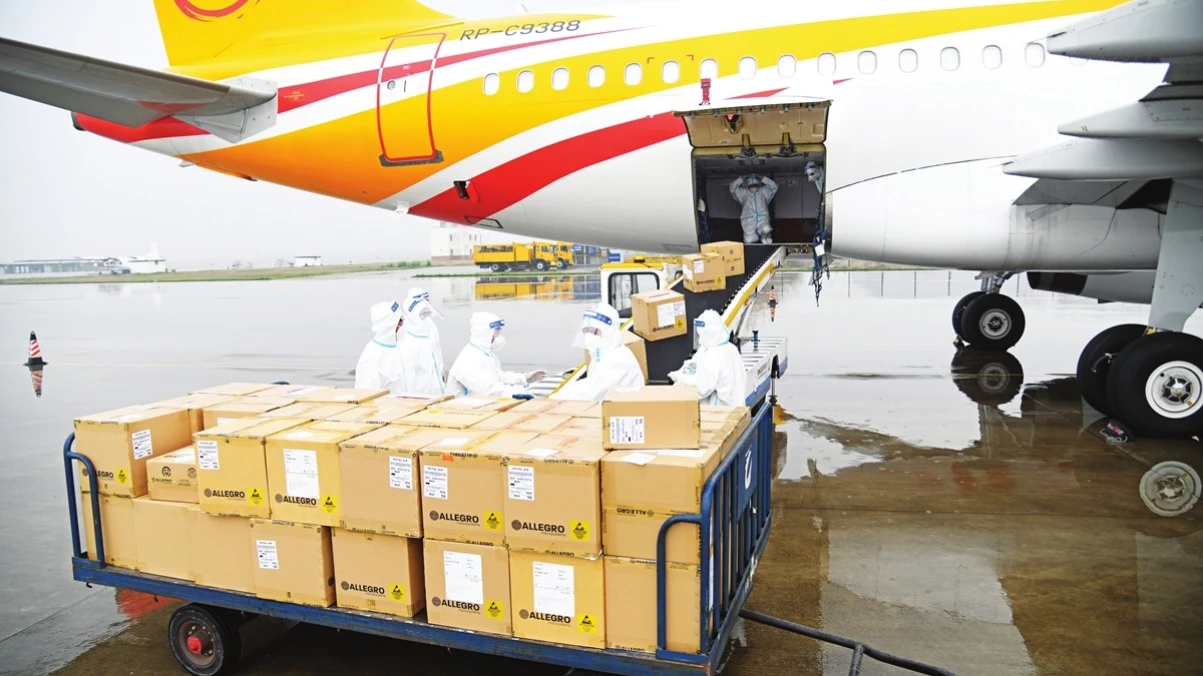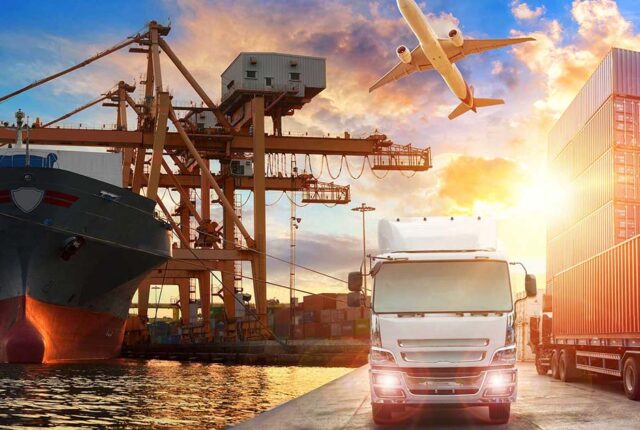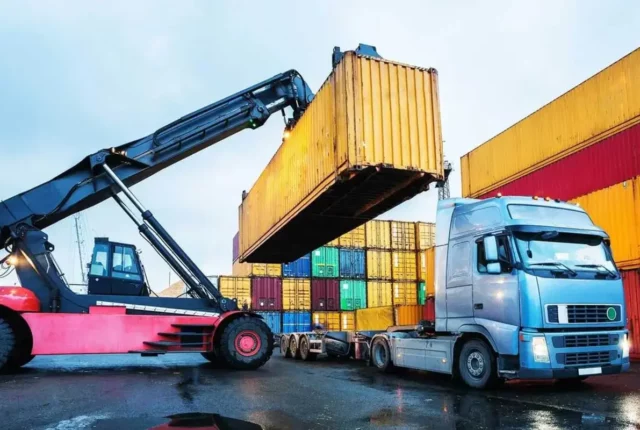
China and US Seek Alternatives as Ecommerce Air Trade Plunges
The numbers are brutal: 245% tariffs slapped on select Chinese goods by the U.S. in April 2025 crushed air cargo volumes almost overnight. Small and mid-sized logistics operators watched helplessly as profit margins evaporated and long-standing customers scrambled for alternatives.
For decades, planes packed with consumer goods bridged the Pacific, feeding America’s appetite for affordable Chinese products. Now, that model is fracturing.
But below the surface of plunging airfreight statistics, something fascinating is happening. American consumers and Chinese sellers aren’t giving up-they’re adapting. New pathways are emerging, driven by ingenuity, technology, and a shared desire to bypass costly trade barriers. This is the untold story of resilience in the face of a trade war escalation.
The Tariff Hammer: Reshaping Trade in Real-Time
The U.S. tariff surge wasn’t subtle. Overnight, average duties on Chinese imports skyrocketed, pushing past 51% and covering virtually all consumer goods. The immediate effect was predictable: chaos.
Front-Loaded Frenzy & Sudden Stop: Chinese exporters rushed shipments in March 2025, hoping to beat the deadline. Airfreight capacity tightened, rates spiked-and then April volumes steadied at a much lower level as the new cost reality set in.
The $800 Rule Change: The critical “de minimis” loophole-which allowed small-value packages (under $800) to enter the U.S. duty-free-was closed on May 2nd, 2025. This wasn’t just a tweak; it was a body blow to the massive ($9.9 free shipping) direct-to-consumer (D2C) model reliant on small parcels airmailed from China. Overnight, costs for these shipments surged by 8-15%, erasing profits for countless sellers.
The message was clear: business as usual was over.
How U.S. Consumers Are Fighting Back: From Panic to Source-Direct
Facing sticker shock on store shelves, American shoppers didn’t just complain-they got resourceful. Two powerful trends emerged:
The “China Factory” Revelation on TikTok: A viral wave swept across social media. Users posted “#ChinaFactorySecret” videos exposing how luxury brands like Gucci, Chanel, and Nike rely on Chinese manufacturing-often for a fraction of the retail price. Think $2 wedding rings marked up to $2,000. This transparency ignited consumer demand for direct access.
Downloading the Source: Platforms like DHgate saw explosive growth. Its U.S. App Store downloads jumped 940% month-over-month, briefly hitting the #1 spot in April 2025. Why? Buyers realized they could purchase near-identical goods directly from Chinese factories and wholesalers listed on DHgate, Taobao, and AliExpress-absorbing some tariff costs but still paying far less than U.S. retail. It wasn’t just individuals; thousands of U.S. small businesses and wholesalers registered daily on DHgate to secure inventory before prices climbed further.
Pivot & Pivot Again: How Chinese Sellers Are Adapting
Chinese exporters, masters of flexibility, are deploying multiple survival (and growth) strategies:
Ditching the Plane for the Boat (or Warehouse): The death of the sub-$800 duty exemption killed pure airmail D2C for low-margin goods. Sellers rapidly shifted to:
Overseas Warehousing (Fulfillment by Amazon – FBA style): Shipping bulk goods by sea to U.S. warehouses before the tariff hike or rule change, then fulfilling orders locally.
B2B Focus: Targeting U.S. businesses with larger, consolidated shipments (often via sea freight) became more attractive than fragmented D2C air parcels.
Trading Up: Facing squeezed margins, many sellers abandoned ultra-cheap commodities. Instead, they focused on higher-value, lower-shipping-frequency items like smart home devices and quality apparel, where tariffs absorbed a smaller percentage of the overall profit margin.
The “Buy-For-Me” Lifeline: Logistics companies themselves became unexpected allies. Platforms like Yejoin’s integrated systems allow overseas customers to request purchases through their freight forwarder. The forwarder buys the item in China, consolidates it with other shipments, and handles the entire logistics chain as a “shopping + logistics butler.” This leverages existing cargo space (cutting transport costs by ~20%) and lets logistics firms earn twice-once on the buy fee, once on the shipping.
Beyond America: The New Frontiers of Cross-Border Trade
With the U.S. market becoming treacherous, diversification isn’t optional-it’s essential. Data tells a compelling story:
ASEAN, Middle East, LATAM Surge: Payment platform XTransfer reports a massive shift. In Q1 2025, nearly 70% of its clients’ export (receivables) were directed towards emerging markets in Asia, Africa, and Latin America.
Hong Kong’s Pivot: XTransfer’s Hong Kong clients saw from ASEAN, Africa, and Latin America explode by 300% year-over-year in Q1 2025. These regions now account for nearly half of their total.
Platforms Follow the Money: Major players like CoGoLinks are rapidly building localized payment, logistics, and compliance support specifically for these new corridors.
The Future: Resilience Built on Flexibility
The plunging air trade between the U.S. and China isn’t just a crisis; it’s a catalyst. It accelerated trends bubbling under the surface for years:
End of the “Ultra-Cheap Airmail” Era: The $800 rule change cemented its demise. Future D2C relies on hybrid models-overseas warehousing, smarter consolidation, or higher-value goods.
Logistics as a Value-Creator: Forwarders aren’t just movers of boxes anymore. The most innovative, like those leveraging Yejoin’s (Consolidation + Buy-For-Me) platforms, are becoming indispensable purchasing and logistics partners.
Emerging Markets Mature: Infrastructure improvements and rising middle classes in regions like ASEAN make them viable, less volatile alternatives to the saturated and politically sensitive U.S. market.
Digital Bridges Stay Strong: As China’s Ministry of Commerce emphasized, the core strengths of cross-border e-commerce-personalized demand fulfillment, speed, and cost efficiency-“remain intact” and “still boast strong competitiveness” regardless of policy shifts. Platforms facilitating direct factory-to-global-buyer links (like DHgate) are proving this daily.
The Path Forward for Businesses
Adapting means embracing these new realities:
Diversify or Perish: Reduce U.S. dependency. Explore emerging markets with tailored products and localized support (payments, logistics).
Master Hybrid Logistics: Combine sea freight for bulk/warehousing with strategic air for urgent needs.
Embrace Value: Shift from competing solely on rock-bottom price to competing on quality, uniqueness, and smarter supply chain management.
Leverage the “Reveal”: Transparency about sourcing and pricing, amplified via social platforms like TikTok, builds trust and attracts cost-conscious global buyers directly.
The plummeting e-commerce air trade between the giants is a stark symbol of friction. Yet, the relentless innovation of sellers, shoppers, and logistics providers proves that trade finds a way. The routes have changed, but the flow continues.
Source: Article






